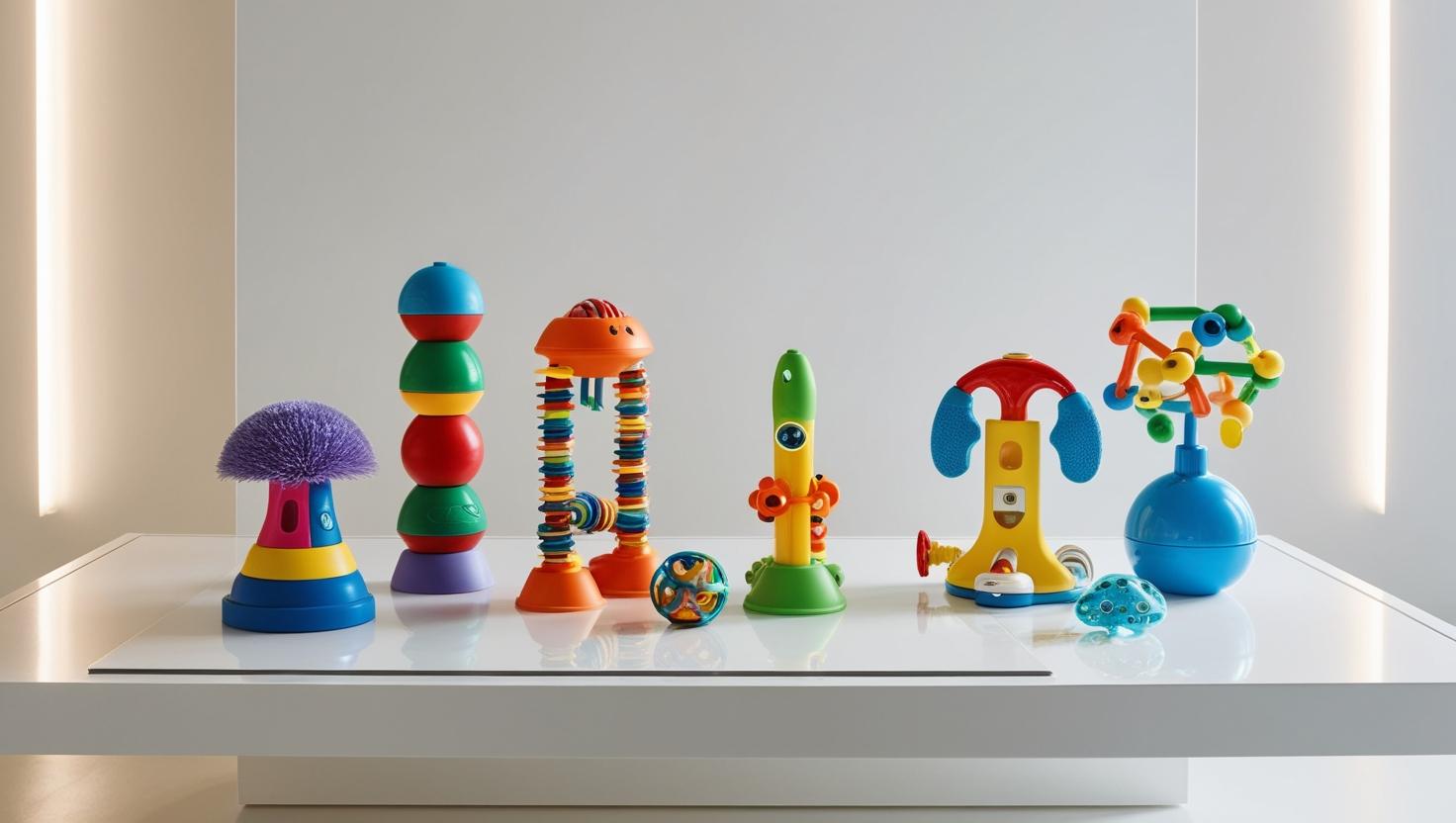We’ve all been there. You order a highly-rated STEM toy, unwrap it with your excited kid, and… nothing. No spark, no interest, no “wow” moment. Just a confused child and a disappointed parent silently thinking, “Well, that was a waste.”
That was exactly how we felt the first time we tried the Turing Tumble—a mechanical computer game designed to teach logic and cause-and-effect. Our son, Leo, 8 years old and typically STEM-obsessed, took one look at it, messed around for five minutes, and walked away.
It collected dust for nearly two months. Then something surprising happened.
First Impressions: “Is That It?”
The Turing Tumble looks cool out of the box—a big vertical board, colorful parts, and a thick instruction book. It’s supposed to let kids build logic circuits using gravity and marbles.
But at first glance, it was overwhelming. There were too many parts, too many rules, and no flashing lights or built-in stories. Leo was used to fast-paced kits like Snap Circuits or LEGO Boost—this seemed “boring.”
We chalked it up as a rare miss and moved on.
The Rediscovery Moment
A few weeks later, during a rainy weekend, I noticed Leo digging through the toy shelf.
“Can I try that marble thing again?” he asked, pointing to the Turing Tumble.
I was shocked—but I wasn’t going to question it.
This time, he took his time. He flipped through the challenge book, slowly placed the parts, and reset the marbles again and again until he got the right output. Then he yelled:
“It works! I actually made it work!”
What Changed?
The toy didn’t change. But he did.
Leo was more patient. He was ready to handle trial-and-error. And now, the toy felt like a puzzle to solve, not a boring board.
From that day on, he was hooked.
The Lessons We Learned
1. Not Every Toy Is an Instant Hit
Some STEM toys require maturity, patience, or just the right mood. That doesn’t mean they’re bad—just that timing matters.
2. Let Toys Breathe
It’s okay if a toy sits unused for a while. Sometimes a few weeks—or even months—can make all the difference.
3. Learning Toys Require Learning Curves
Unlike toys designed for instant gratification, many STEM tools grow on kids. They challenge them. And that’s a good thing.
4. Give Them a Second Chance
If your child skips over a STEM toy at first, don’t toss it aside. Leave it visible. Reintroduce it casually. Let curiosity do the rest.
Final Thoughts
Not all “flops” are failures.
The Turing Tumble ended up being one of Leo’s favorite toys—not because it wowed him instantly, but because it challenged him, frustrated him, and eventually rewarded him.
STEM toys don’t always come with instant magic. Sometimes, the best ones need time to shine.
So if you’ve got a STEM toy collecting dust? Don’t give up on it just yet. You never know when the lightbulb will click—literally and figuratively.





